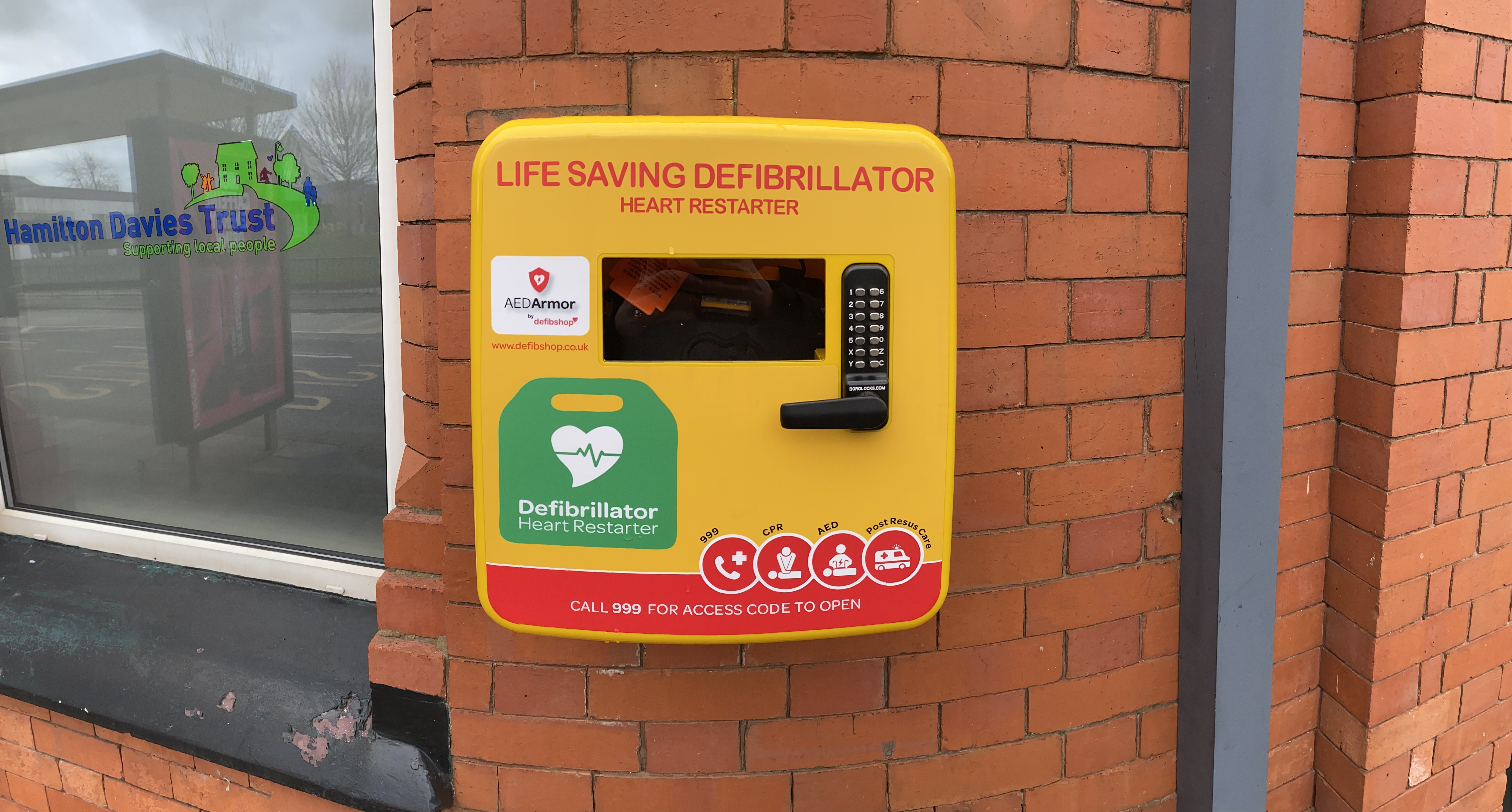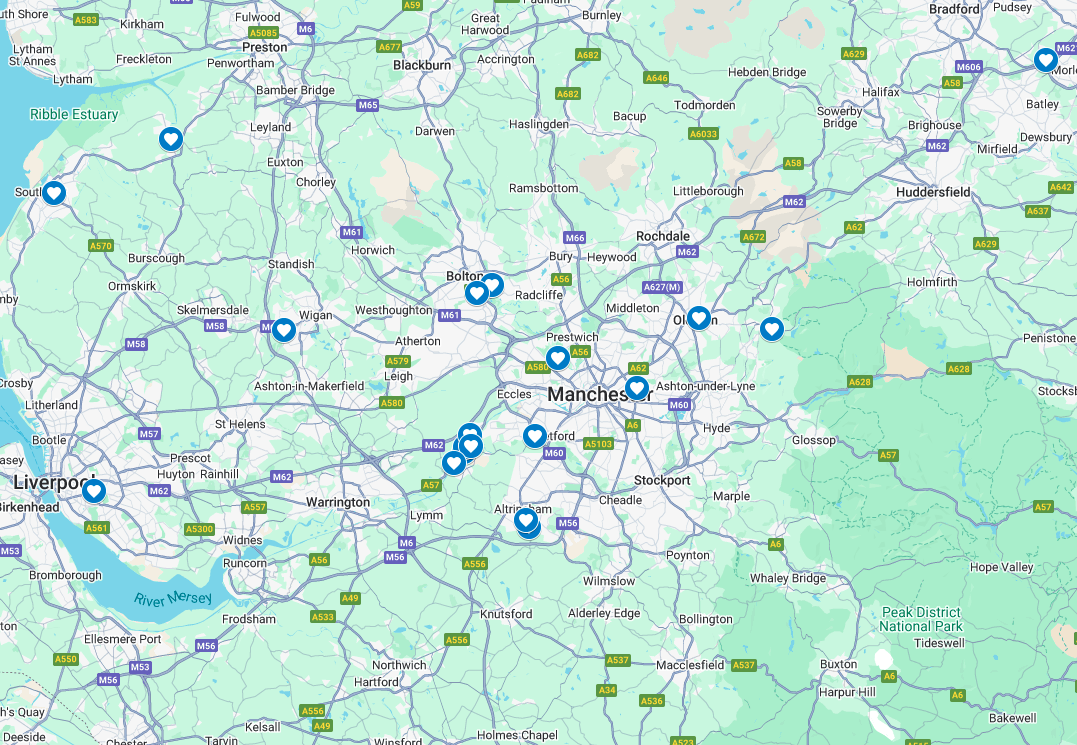Spotlight on AEDs in Construction

It goes without saying that every working industry has its risks for both employees and employers. However, some employers, in various industries often overlook some of the most important health and safety aspects, including defibrillators. After further investigation, we discovered that the reasons behind this were:
Most employers are unsure of what defibrillators do Many don’t feel informed enough about the devices There is a worry that using one may do more harm than goodWorking in the construction industry means employees can expect to operate in intense working conditions with high-noise levels and multiple risk factors. This unique, high-pressured working environment puts employees at risk for sudden cardiac arrest (SCA), which is why it is imperative that the employers, in this sector specifically, equip the environment with everything required to treat a casualty in an emergency.
In our latest Spotlight article, we focus on the construction industry and why it is vital for all construction companies to protect their employees against the risk of sudden cardiac arrest.
Why AEDs are just as Important as a Hard Hat
Regardless of whether you’re fit as a fiddle or a regular couch potato, no one is immune from SCA. Unlike other cardiac medical conditions, SCA does not discriminate and aspects such as health, age, gender and ethnicity do not factor meaning everyone is at risk.
The construction industry is one of the most physically demanding industries people can work in. Employees in this sector can expect excessive labour at least 5 days a week, putting themselves under more physical strain in comparison to lower-risk working environments such as offices and supermarkets.
The greater strain doesn’t just affect the muscles, it affects the heart too as the heart must meet the demands of the muscles that are working harder than usual.
It could be suggested that the superior strain on the heart’s muscles could lead to SCA, and without an accessible AED on-site to help restart the heart back into its normal rhythm, the victim would have very little chance of survival.
It isn’t unusual for construction sites to span across large areas of land, some reaching at least 1000ft². Alongside its sizing, all construction sites are cordoned off to protect pedestrians and are often built to be positioned away from public access making construction sites highly inaccessible for anyone other than authorised personnel including employers and employees working on the site.
If someone were to fall victim to cardiac arrest whilst working on a construction site, it is likely that the emergency services (EMS) will take longer to arrive due to the cordon and space factors. The longer it takes for treatment to be delivered to the casualty, the lower their chance for survival. For every minute that treatment is delayed and not delivered, the casualty can lose up to 10% of their survival chance.
The Statistics
Each year in the UK alone, there are approximately 30,000 out-of-hospital cardiac arrests. Approximately, 80% of these cardiac events occur at home, whereas the other 20% will occur in a public place. Only 20% of cardiac arrest victims are in a shockable rhythm when the emergency services arrive, however, this figure can be increased if more casualties received immediate, effective CPR from a bystander. CPR will help to keep the heart in a shockable rhythm.
Successful resuscitation can only be achieved if both aspects of the definitive treatment are delivered. These two aspects are effective CPR, delivered on a ratio of 30 chest compressions to 2 rescue breaths and defibrillation from an AED. The shock from a defibrillator stops the heart, allowing the patient’s natural pacemaker to take over and restart the heart in its regular rhythm.
If this treatment is delivered within 3-5 minutes of the victim collapsing, their chances of survival increases from 6%-74%, but without treatment, 90%-95% of SCA victims will not survive.
According to the Office for National Statistics in September 2016, there were 2,206 thousand people working within the construction industry; in the 2014/2015 working year, there were 35 fatal injuries to workers in the construction industry. In the last 5 years, fatalities in this industry were caused by:
Fall from heights (97 cases) Trapped by something collapsing (28 cases) Struck by object (21 cases) Struck by moving vehicle (21 cases) Contact with electricity (16 cases) Other (34 cases)Despite not having an exact figure of the number of SCA’s suffered within the construction industry, having an accessible AED on every site is just as important as having a fire extinguisher or a hard hat. By protecting your employees and yourself, you’re preparing for the worst possible scenario which, if suffered on site, would be the victim’s only and best chance of survival.
Construction Site Essential
On a construction site, one of the main protection factors required is for employees to wear hard hats to protect their heads from anything dropping from a height which may cause an injury. They also must wear hi-vis jackets which help the workers to be seen from a distance by any moving vehicles or machinery. With these two main protection factors in mind, we prompt employers to consider the additional protection of an AED, to help protect the heart’s and lives of all individuals present on site, whether they be workers, visitors or even themselves.
Employees are the greatest asset to any company; without them, no project would even have a chance of completion. By including an AED within your health and safety strategy, and having it accessible to all on-site will demonstrate your investment in the lives of the workers and increase their protection whilst at work.
Do you think defibrillators should be a mandatory piece of equipment on construction sites? Does your workplace have an AED? We want you to share your thoughts below or, alternatively, head on over to our Twitter page @defibshop and share your thoughts on AEDs in construction.












